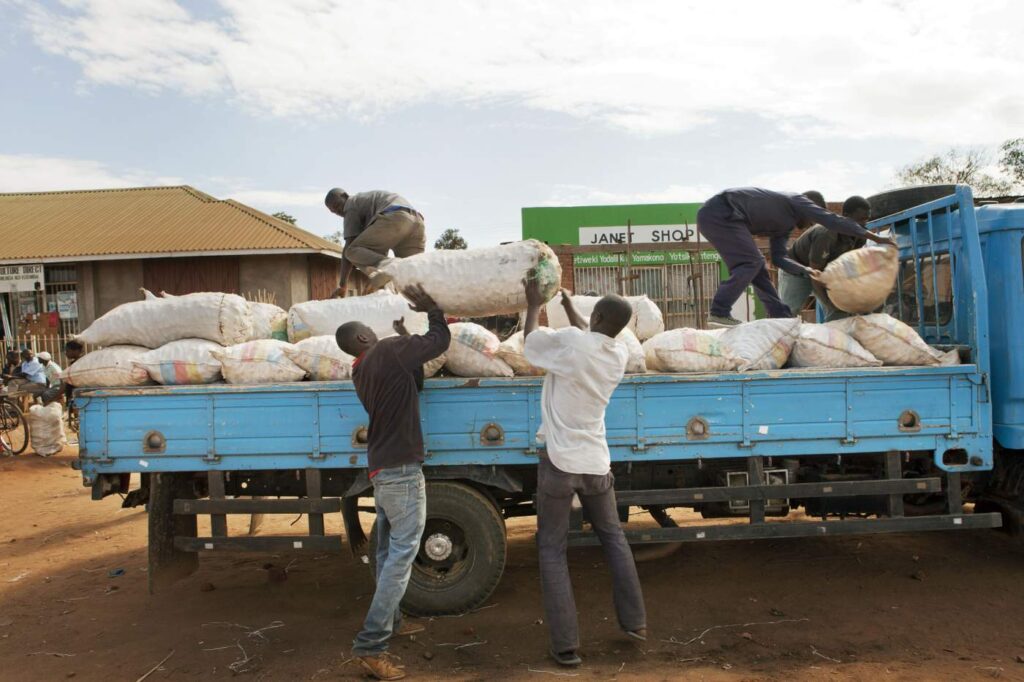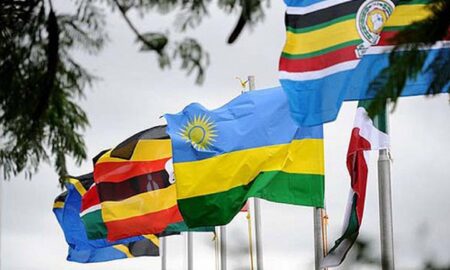- This year, ILO report notes that an additional two million workers are expected to be seeking jobs in Africa and across the globe.
- Last year, the global unemployment rate stood at 5.1 percent, reflecting a modest improvement from 2022 when it was at 5.3 percent, accounting for roughly 191 million people.
- Additionally, the global jobs gap and labour market participation rates showed improvement in 2023. However, a new report highlights that beneath these numbers, fragility is starting to emerge.
An additional two million people are projected to be seeking work this year, potentially raising the average unemployment rate in Africa and across the world by about two per cent to 5.2 per cent from last year’s 5.1 per cent.
In its World Employment and Social Outlook Trends: 2024 report, the International Labour Organization (ILO) notes that this trend will accelerate growing social inequalities, a key pain point for policymakers across Africa, throughout the year.
Despite experiencing a rapid decrease in the aftermath of 2020, ILO data indicates that the number of workers grappling with extreme poverty has seen a troubling uptick. Specifically, in 2023, the count of individuals earning less than US$2.15 per person per day in purchasing power parity terms rose by approximately one million globally.
This sudden increase highlights the vulnerability of certain segments of the workforce, underscoring the need for targeted interventions and policies in African economies and elsewhere to address the root causes of working poverty.
The rise in extreme poverty among workers suggests that the economic challenges faced by individuals persist beyond the immediate aftermath of global events such as the COVID-19 pandemic.
Limited access to stable jobs persists
It also calls for a comprehensive examination of factors contributing to this phenomenon, including wage disparities, limited access to stable jobs, and the potential inadequacy of social safety nets.
“Labour markets have shown surprising resilience despite deteriorating economic conditions, but recovery from the pandemic remains uneven as new vulnerabilities and multiple crises erode prospects for greater social justice,” the ILO report says.
“Both the unemployment rate and the jobs gap rate, which is the number of persons without employment who are interested in finding a job, have fallen below pre-pandemic levels. The 2023 global unemployment rate stood at 5.1 per cent, a modest improvement from 2022 when it stood at 5.3 per cent. The global jobs gap and labor market participation rates also improved in 2023.”
However, ILO notes that beneath these numbers, fragility is starting to emerge. It projects that an additional two million workers are expected to be looking for jobs this year.
“Furthermore, important differences persist between higher and lower-income countries. While the jobs gap rate in 2023 was 8.2 per cent in high-income countries, it stood at 20.5 per cent in the low-income group.”
Read also: Sub-Saharan Africa’s employees most unhappy globally
Unemployment rates in low income countries
Similarly, while the 2023 unemployment rate persisted at 4.5 percent in high-income countries, it was 5.7 per cent in low-income countries such as Africa, it adds in part. The ILO further projects that working poverty is likely to persist.
In June last year, the ILO cautioned that low-income countries in Africa and the Middle East are not benefiting from the global recovery in the unemployment rate. This was attributed to ongoing economic shocks, including fluctuations in interest rates, disruptions in the supply chain, and high inflation.
ILO states that despite quick decline in unemployment levels after 2020, the number of workers living in moderate poverty, that is, earning less than US$3.65 per day per person in PPP terms) increased by 8.4 million last year.
Income inequality has also widened, as rates of informal work are expected to remain static, accounting for around 58 percent of the global workforce in 2024, it said
The UN organization states that the return to pre-pandemic labor market participation rates has varied among different groups. Women’s participation has bounced back quickly, but a notable gender gap still persists, especially in emerging and developing nations.
Youth unemployment rates
“Youth unemployment rates continue to present a challenge. The rate of people defined as NEET (Not in Employment, Education, or Training) remains high, especially among young women, posing challenges for long-term employment prospects,” ILO says.
The report also found that those who have re-entered the labor market post-pandemic tend not to be working the same number of hours as before, while the number of sick days taken has increased significantly.
After a brief post-pandemic boost, labor productivity has returned to the low level seen in the previous decade, according to ILO analysis.
It finds that despite technological advances and increased investment, productivity growth has continued to slow in the labour market. One reason for this is that significant amounts of investment were directed towards less productive sectors such as services and construction.
Other barriers include skills shortages and the dominance of large digital monopolies, which hinders faster technological adoption, especially in developing countries and sectors with a predominance of low-productivity firms.
The report reveals that it is starting to appear as if these imbalances are not simply part of pandemic recovery but are structural.
According to ILO Director-General Gilbert F. Houngbo, the workforce challenges pose a threat to both individual livelihoods and businesses.
“It is essential that we tackle them effectively and fast. Falling living standards and weak productivity combined with persistent inflation create the conditions for greater inequality and undermine efforts to achieve social justice. And without greater social justice, we will never have a sustainable recovery.”
Read also: Solving Africa’s unemployment challenges through the gig economy
Labour market trends in Sub-Saharan Africa
According to the ILO, the GDP growth of Sub-Saharan Africa is projected to have decelerated for a second consecutive year in 2023; however, a resurgence in growth is anticipated for 2024.
The organization highlights various factors that have contributed to the slowdown in economic expansion within the region. These include high inflation rates, the impact of supply chain disruptions, global erosion in consumer confidence, and poor economic performances in several major economies in Africa.
ILO says that Sub-Saharan Africa’s labour force increased by 3.3 per cent in 2023. This translates into an additional 53 million people of working age in the labour force in 2023 compared with 2019.
This year, however, the labour force in Sub-Saharan Africa is expected to increase by a further 14 million people.
“Unemployment has remained slightly elevated since the onset of the pandemic, youth being particularly at risk,” notes ILO.
In 2023, the average unemployment rate was approximated at 5.8 percent, translating to around 27 million individuals, in contrast to the 5.9 percent reported in 2019. The youth demographic faced a higher joblessness rate of 8.9 per cent or roughly 9.4 million individuals.
Against the backdrop of a burgeoning working-age population, ILO says young people are especially susceptible to disillusionment and detachment from the labour market, stemming from challenges in obtaining decent and productive jobs upon entering the workforce.











